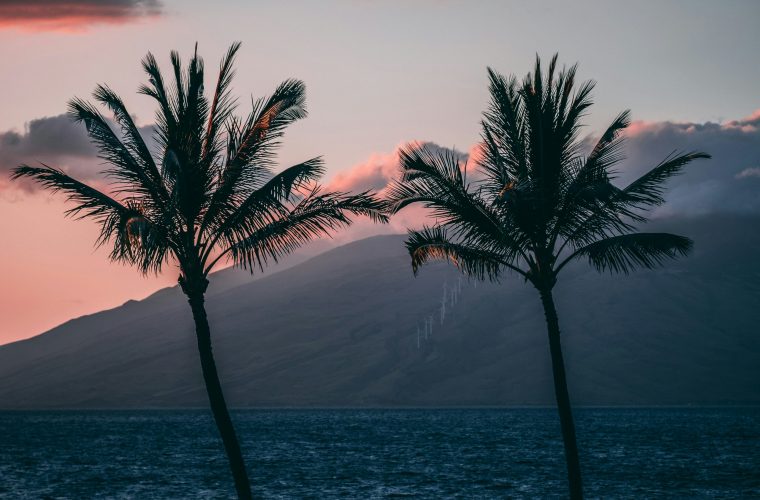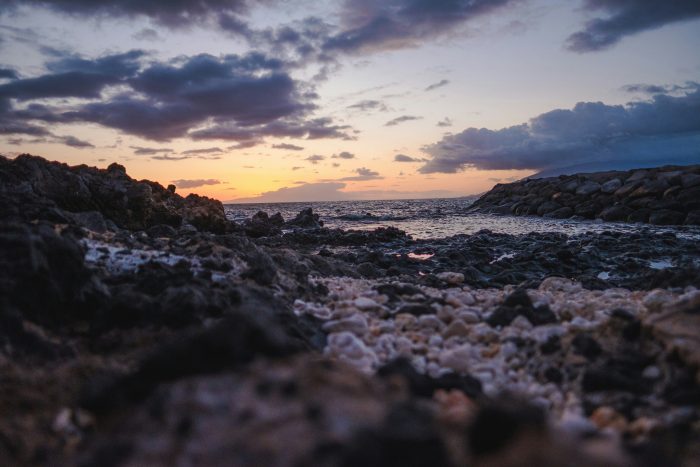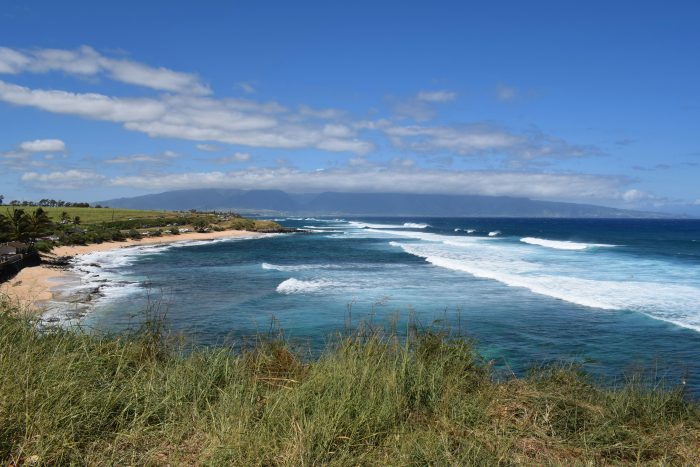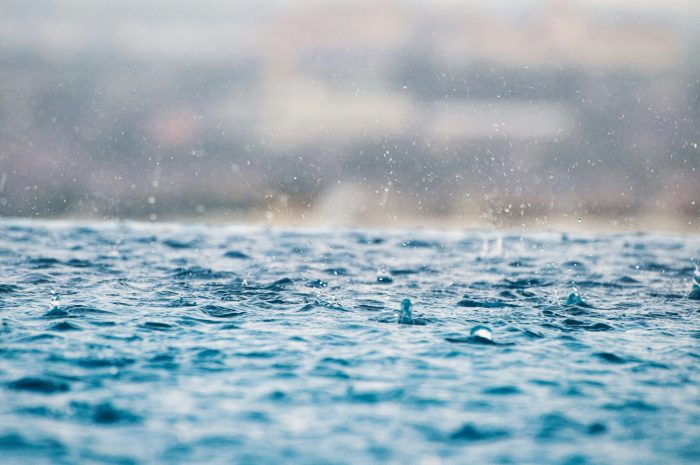Maui Weather

One of our most commonly asked questions is, “what is the weather like on Maui?”
Maui has some of the most favorable weather conditions on the planet! Our average daytime temperature on Maui is anywhere from 75 – 85 degrees, which makes it pretty close to perfect! Although the majority of the time we experience fantastic, sunny weather, we do get our bout of rain, clouds and wind. Due to Maui’s geographic location, it is not uncommon for us to experience heavy winds sporadically throughout the year.
Trade Winds
 Trade winds are a real thing here on Maui. These are prevalent winds that blow from the northeast and the southeast. Because of where Maui is situated, the winds blow mainly from the northeast direction.
Trade winds are a real thing here on Maui. These are prevalent winds that blow from the northeast and the southeast. Because of where Maui is situated, the winds blow mainly from the northeast direction.
The trade winds are consistent year-round and act as a natural air conditioning system for the islands. During warmer months, the trade winds have a cooling effect and make the weather more pleasant and comfortable.
If you have been to the islands during the summer months, then you understand how the trade winds are extremely important to Maui’s weather. Moisture is brought in from the northeast, which can bring clouds and rain to the windward side. On the leeward side (such as Kihei), we typically experience drier and sunnier weather (more desert like).
Yes, trade winds can put a damper on a beach day or other outdoor activities, but it also creates ideal conditions for surfing, windsurfing, kite boarding, and sailing!
Temperature
 If you are looking for sun, warmth, and beauty, then Maui is definitely the place! Typical daytime temperatures range from high 70’s to mid 80’s (Fahrenheit).
If you are looking for sun, warmth, and beauty, then Maui is definitely the place! Typical daytime temperatures range from high 70’s to mid 80’s (Fahrenheit).
Nighttime temperatures average from low 60’s to low 70’s, which makes Maui’s climate nearly perfect. It is important to keep in mind, that these are average temperatures and can vary.
High elevation locations, such as Haleakala and upcountry, can and will be much cooler, so if you are planning sunset at Haleakala or a day at the Lavender Farm, we recommend packing a jacket and pants! And, if you decide to drive the road to Hana, prepare for rain!
 Rainfall
Rainfall
Although Maui does not experience four seasons like a lot of places, we do have a wet (hooilo) and a dry season (kau). The wet season usually occurs November through March. During this time, there definitely is an influx of rain and clouds.
The dry season usually takes place from April through October. This is where we experience hotter and drier months. Certain parts of the island, such as Hana and upcountry Maui, have more moderate temperatures and experience more rainfall, in comparison with coastal areas.
Although these are averages, it really is important to understand that rainfall patterns can vary year to year, and there is always a possibility of an unforeseen storm or shift in weather patterns.
 Micro Climates
Micro Climates
Maui has a very diverse landscape. From mountains, valleys, deserts, and coastal areas, the weather can be significantly different from one place to the next.
The windward side of Maui (northeast) includes places such as Hana, windward Haleakala, Haiku, etc. receive the most rainfall each year. These places are lush, and include rain forests, waterfalls, and lots of vegetation.
The leeward side (southeast) is much drier and more desert like. These places, including Lahaina, Kihei, Kaanapali, etc. are sheltered from the trade winds by the West Maui Mountains. Here you will find protected beaches, more sun, and drier conditions.
What are Water Spouts?
Waterspouts fall into two categories: “fair weather” and tornadic waterspouts.
Tornadic waterspouts are tornadoes that form over water, or move from land to water. They have the same characteristics as a land tornado and are usually associated with severe thunderstorms. These are quite often accompanied by high winds and seas, large hail and lightning.
Fair weather waterspouts usually form along the dark flat base of a line of developing cumulus clouds. This type of waterspout is generally not associated with thunderstorms.
While tornadic waterspouts develop downward in a thunderstorm, a fair weather waterspout develops on the surface of the water and works its way upward.
By the time the funnel is visible, a fair weather waterspout is near maturity. Fair weather waterspouts form in light wind conditions so they normally move very little.
If a waterspout moves onshore, the National Weather Service issues a tornado warning, as some of them can cause significant damage and injuries to people. Typically, fair weather waterspouts dissipate rapidly when they make landfall, and rarely penetrate far inland.
Waterspouts have a five-part life cycle: 1) Formation of a dark spot on the water surface 2) Spiral pattern on the water surface 3) Formation of a spray ring 4) Development of the visible condensation funnel 5) Disintegration.
